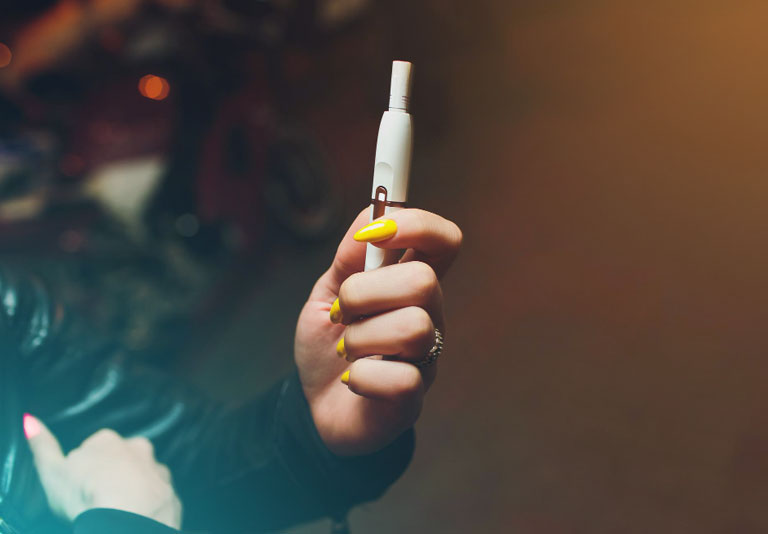
Vaping Devices: Vaping devices, also known as e-cigarettes or electronic nicotine delivery systems (ENDS), heat a liquid solution (e-liquid) to create an aerosol, which users inhale. The devices come in various shapes and sizes, including vape pens, pod systems, and mods.
E-Liquid Ingredients: E-liquids typically contain propylene glycol (PG), vegetable glycerin (VG), flavorings, and nicotine (optional). PG and VG serve as carrier liquids, while flavorings provide taste and aroma. E-liquids come in a wide range of flavors, from traditional tobacco and menthol to fruit, dessert, and beverage flavors.
Nicotine Content: E-liquids are available in different nicotine concentrations, ranging from nicotine-free (0 mg/ml) to high levels of nicotine (up to 50 mg/ml or more). Nicotine levels can be adjusted based on personal preference and nicotine dependence.
Smoking Cessation Tool: Some people use vaping as a smoking cessation tool to reduce or quit smoking traditional cigarettes. While research suggests that vaping may be less harmful than smoking, it’s not without risks, and long-term health effects are still being studied.
Youth Vaping: Vaping among youth has become a public health concern in many countries. Factors contributing to youth vaping include attractive flavors, social influences, and targeted marketing by vape companies. Regulators and health organizations are taking measures to address underage vaping and prevent youth initiation.
Health Risks: Although vaping is generally considered less harmful than smoking, it’s not risk-free. Vaping can still expose users to potentially harmful substances, including nicotine, flavoring chemicals, and other toxicants. The long-term health effects of vaping are not yet fully understood.
Regulation: Vaping products are subject to regulation in many countries, including age restrictions, product labeling requirements, and advertising restrictions. Regulatory approaches vary, with some countries implementing strict regulations to minimize youth access and protect public health.
Secondhand Exposure: Secondhand exposure to vaping aerosol can occur in indoor environments, similar to secondhand smoke from traditional cigarettes. While the concentration of harmful substances in vaping aerosol is generally lower than in cigarette smoke, bystanders may still be exposed to nicotine and other potentially harmful chemicals.
Vaping Bans: Some jurisdictions have implemented vaping bans in certain public places, such as indoor workplaces, restaurants, and public transportation. These bans aim to protect nonsmokers and reduce exposure to secondhand aerosol.
Research and Debate: Vaping continues to be a topic of scientific research and public debate. Studies investigate various aspects of vaping, including its effectiveness as a smoking cessation tool, health impacts, patterns of use, and societal implications. Ongoing research aims to inform policies and public health interventions related to vaping.
These facts highlight the complexity of vaping as a phenomenon, encompassing public health, regulation, social behavior, and individual choices. As research and understanding of vaping evolve, so too may public perceptions and policies surrounding its use.
